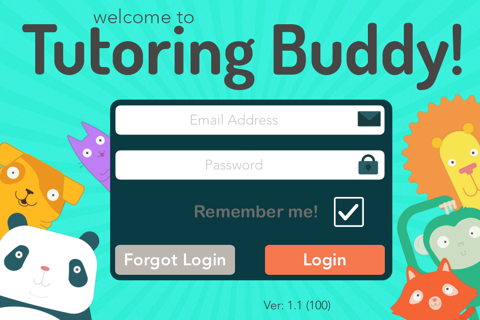
Tutoring Buddy Letter Sounds app for iPhone and iPad
Tutoring Buddy Letter Sounds is a powerful teaching tool that was developed to address the diversity in student preparation for literacy instruction at school entry. The system was designed based on decades of research on early literacy instruction, human learning, and implementation science. A series of peer-reviewed studies have documented the efficacy of the intervention to teach letter-sound correspondence to children aged 4-6.
What is Tutoring Buddy Letter Sounds?
Tutoring Buddy Letter Sounds is a multi-purpose teaching aid.
It is used to:
1. Identify students who would most benefit from the supplemental instruction
2. Teach letter-sound correspondence effectively and efficiently
3. Monitor student response to the intervention- progress monitoring data is collected and charted automatically.
4. To see what letter sounds are known by all-, some-, or none- of the students in a given class, which can be used to inform whole-group instruction.
Why Letter Sounds?
Research on how people learn to read clearly indicates the importance of letter-sound knowledge. A critical component of learning to read is developing an understanding that letters and combinations of letters are symbols used to represent the sounds of speech. Children without this alphabetic understanding are not able to decode unfamiliar words.
Characteristics of Tutoring Buddy Letter Sounds
It is efficient (5 minutes per session including assessment)
– Direct instruction of letter-sound correspondence
– Carefully sequenced introduction of new sounds
– Content is continuously individualized for each student
– Complex tasks are automated for the teacher to free resources for instruction
– Progress monitoring charts clearly indicate rate of improvement
– Effective-Large effect sizes documented in several studies (Volpe et al., 2011; DuBois et al., 2014; DuBois, 2015)



